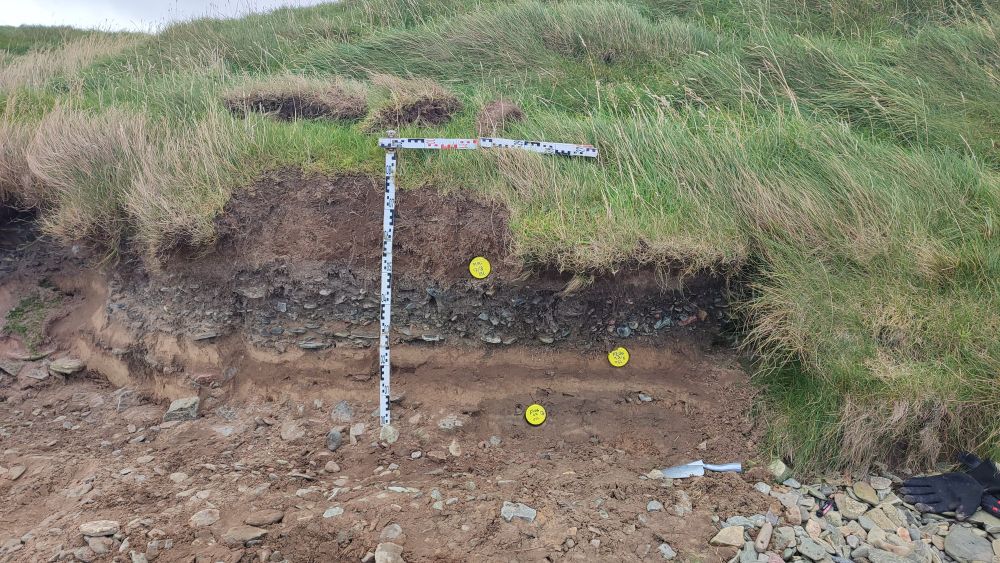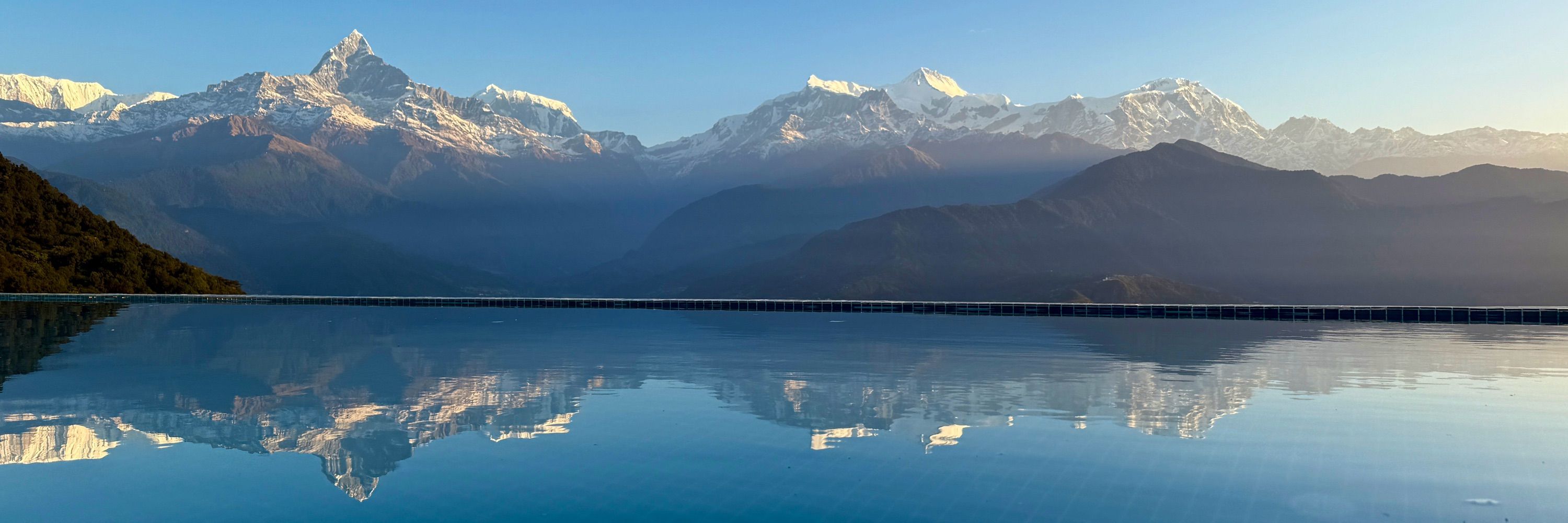
🏡Cambridge, UK
🏳️🌈 he/him
Instagram @antarctic_diary

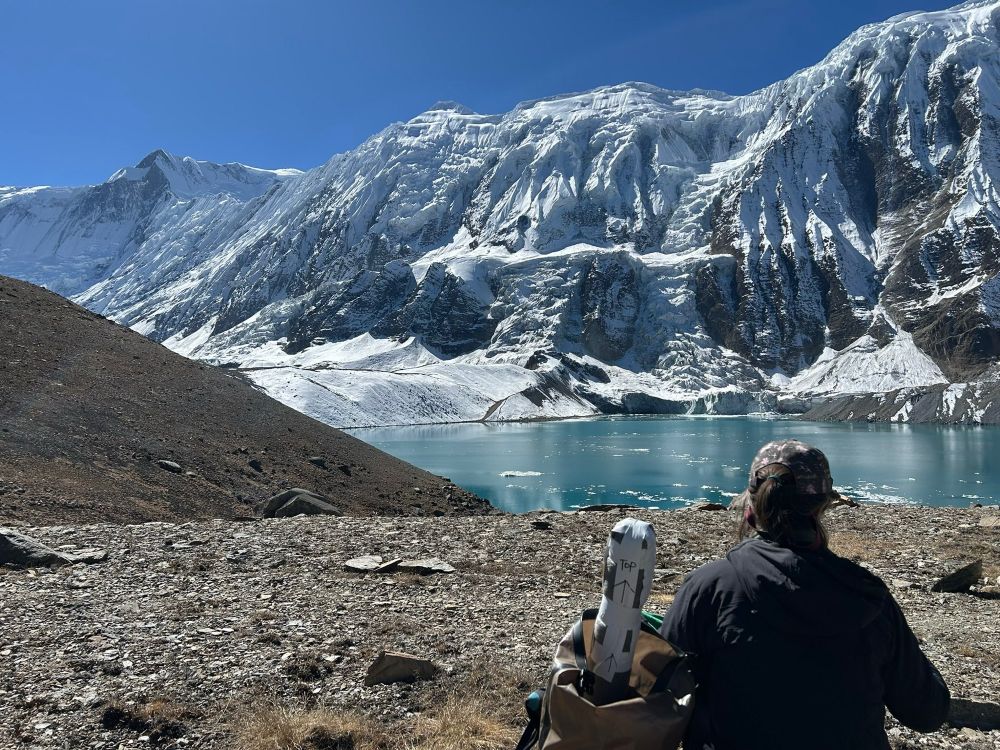


www.findaphd.com/phds/program...
Please broadcast details of our Diversifying Talent Scholarship scheme too:
www.findaphd.com/phds/program...
@ukri.org #BlackAFinSTEM #firstgen



Ancient tsunamis and storms in the Shetlands Islands
See link for article: www.linkedin.com/posts/stephe...
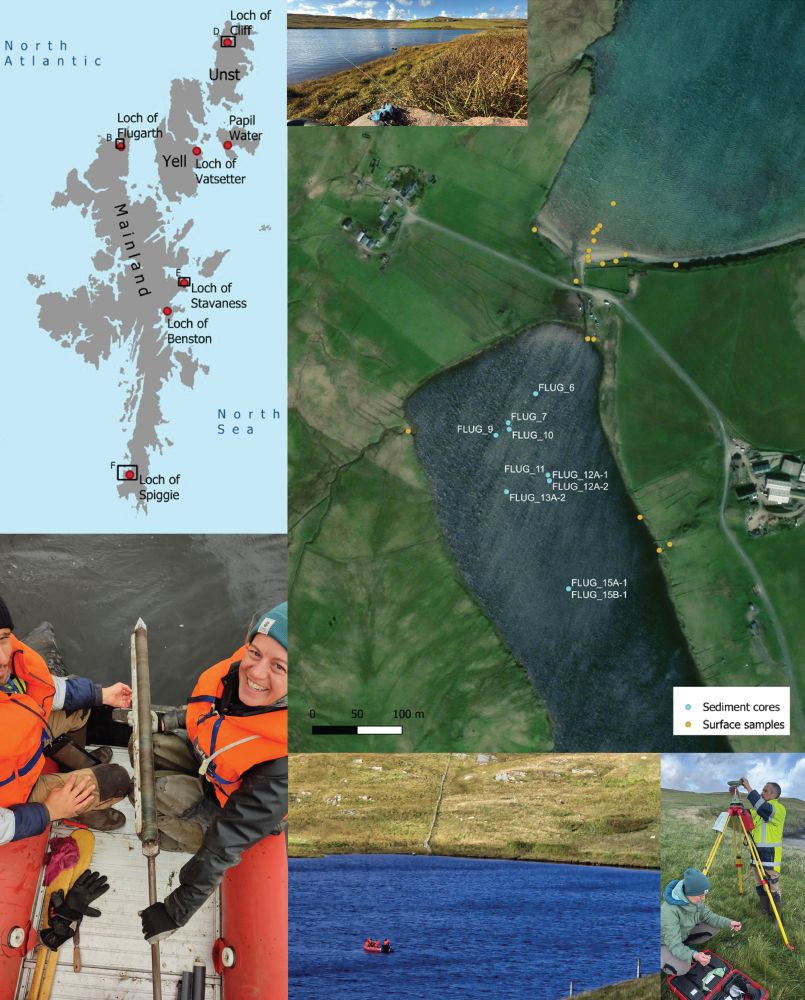
Ancient tsunamis and storms in the Shetlands Islands
See link for article: www.linkedin.com/posts/stephe...
www.linkedin.com/posts/stephe...

www.linkedin.com/posts/stephe...
iapetus.ac.uk/studentships...




iapetus.ac.uk/studentships...


iapetus.ac.uk/studentships...
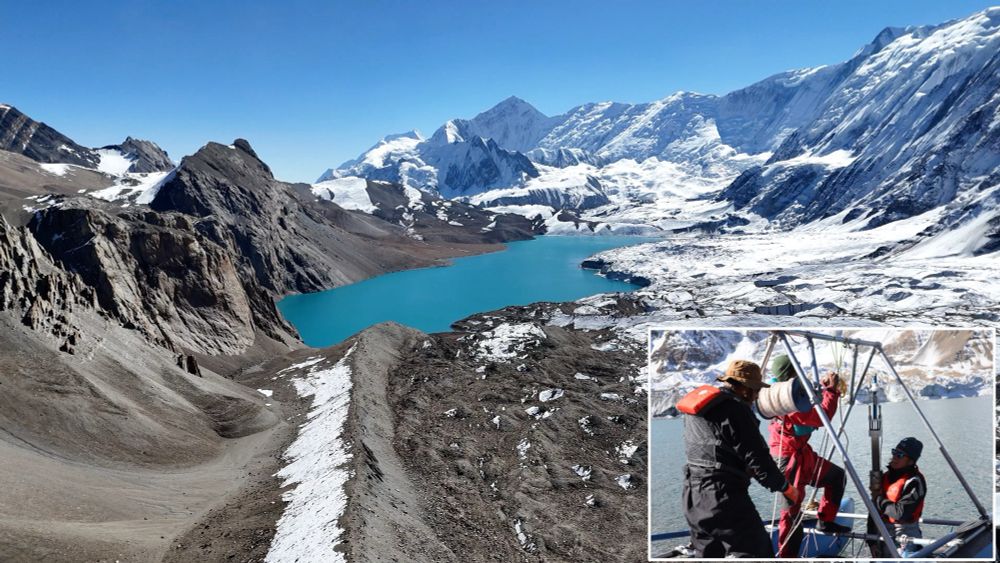
iapetus.ac.uk/studentships...


doi.org/10.1016/j.qu...
@bas.ac.uk @iapetusdtp.bsky.social

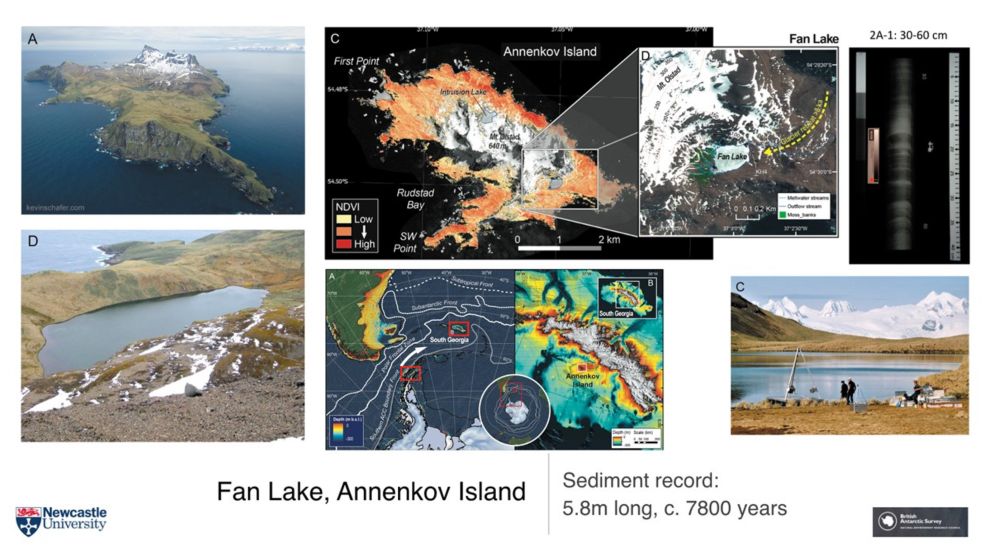
doi.org/10.1016/j.qu...
@bas.ac.uk @iapetusdtp.bsky.social




@bas.ac.uk

@bas.ac.uk
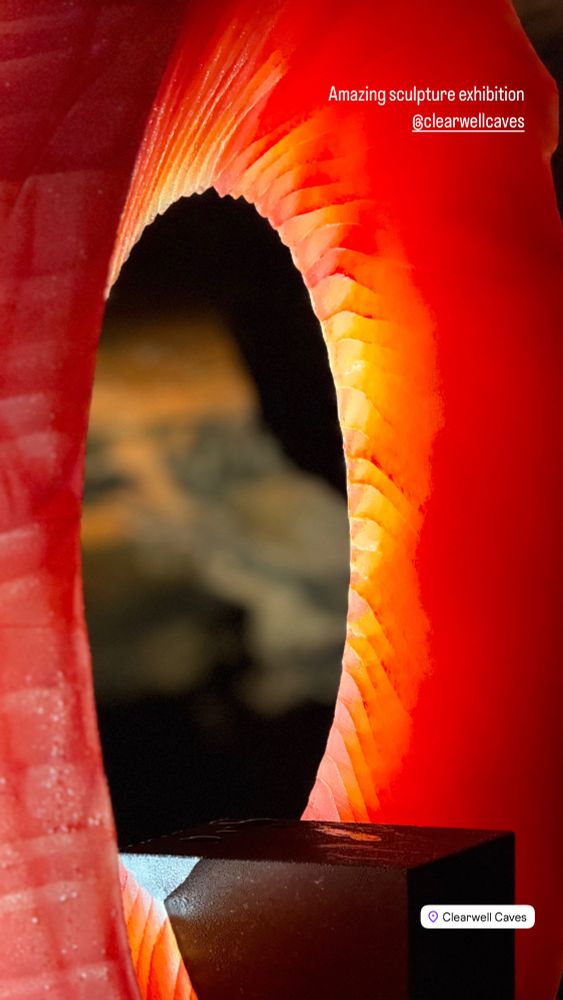

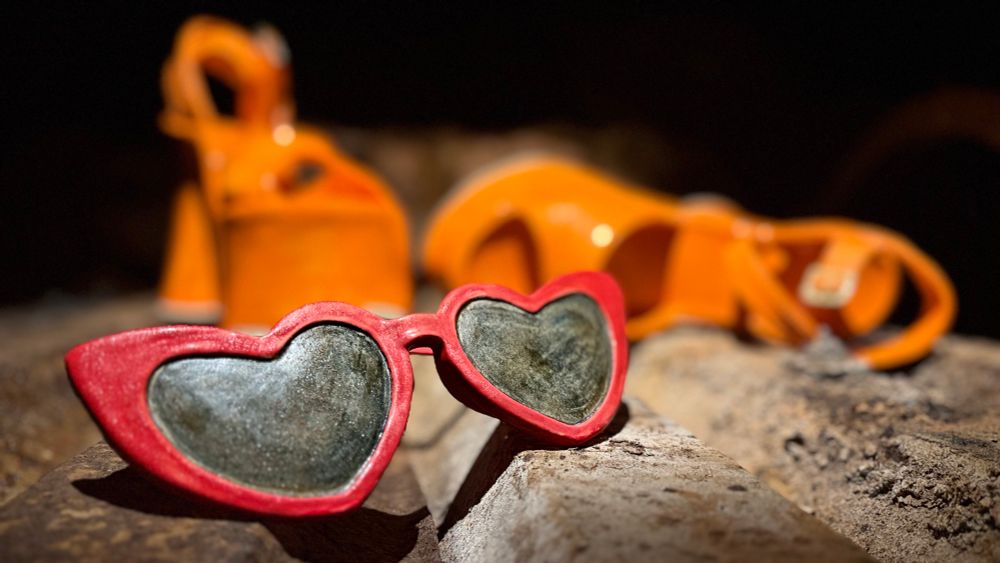
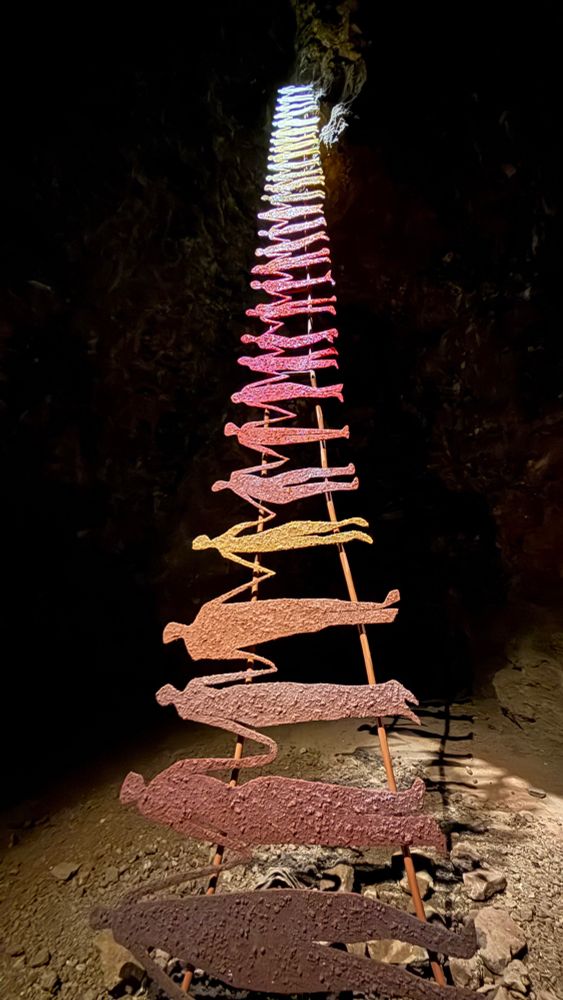
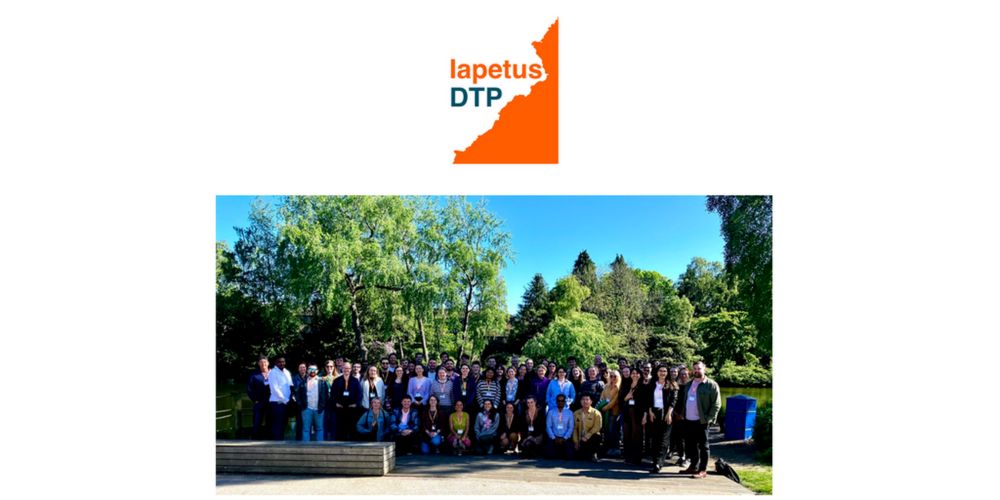
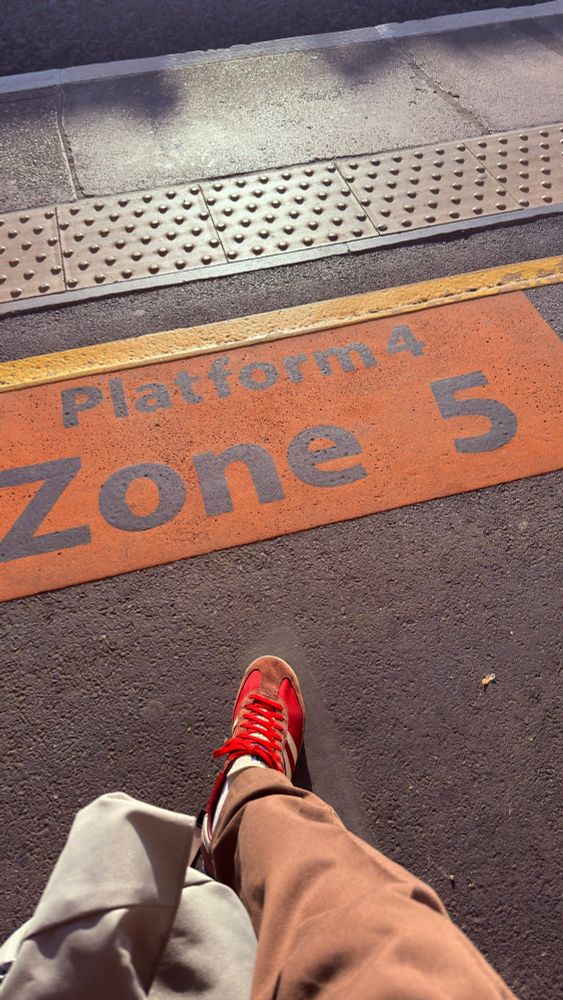

Effects of Climate Change on the Polar Ionospheric F-region - see link for more details and eligibility criteria; deadline 12 pm 16/5/25
iapetus2.ac.uk/rep-projects/
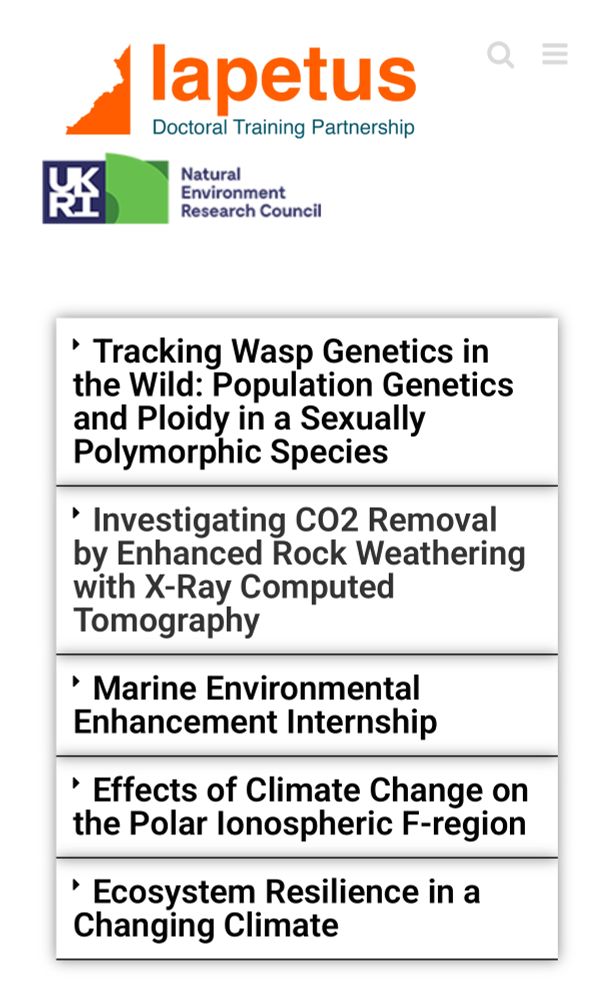
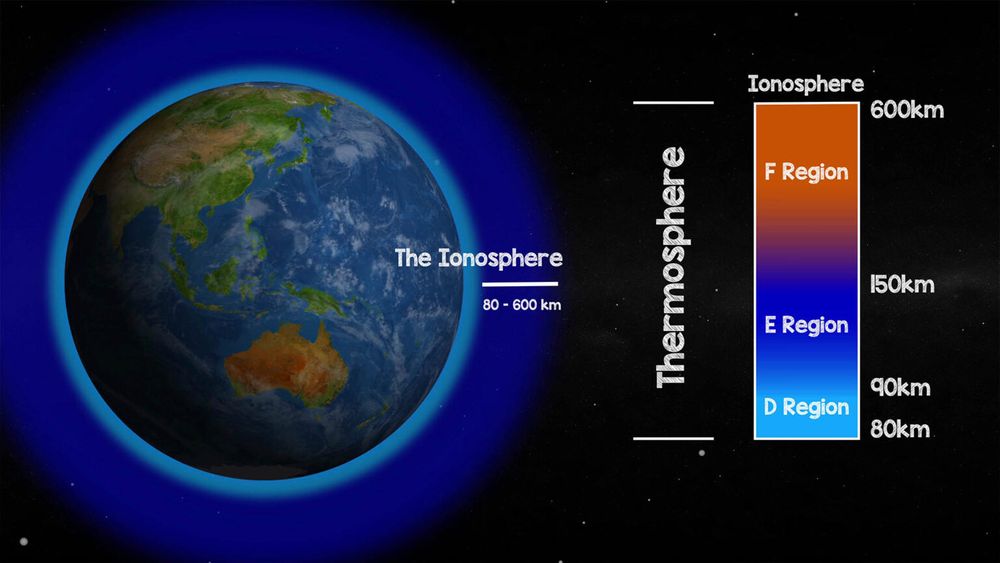
Effects of Climate Change on the Polar Ionospheric F-region - see link for more details and eligibility criteria; deadline 12 pm 16/5/25
iapetus2.ac.uk/rep-projects/


Effects of Climate Change on the Polar Ionospheric F-region - see link for more details and eligibility criteria; deadline 12 pm 16/5/25
iapetus2.ac.uk/rep-projects/
Antarctica might feel very remote - until you look at the planet from a different perspective. It's actually central to our world's ocean currents.
🎁 Check the alt text to dig into this diagram
🌊 This is from a new book by BAS' @oceanandice.bsky.social (et al.)
Antarctica might feel very remote - until you look at the planet from a different perspective. It's actually central to our world's ocean currents.
🎁 Check the alt text to dig into this diagram
🌊 This is from a new book by BAS' @oceanandice.bsky.social (et al.)
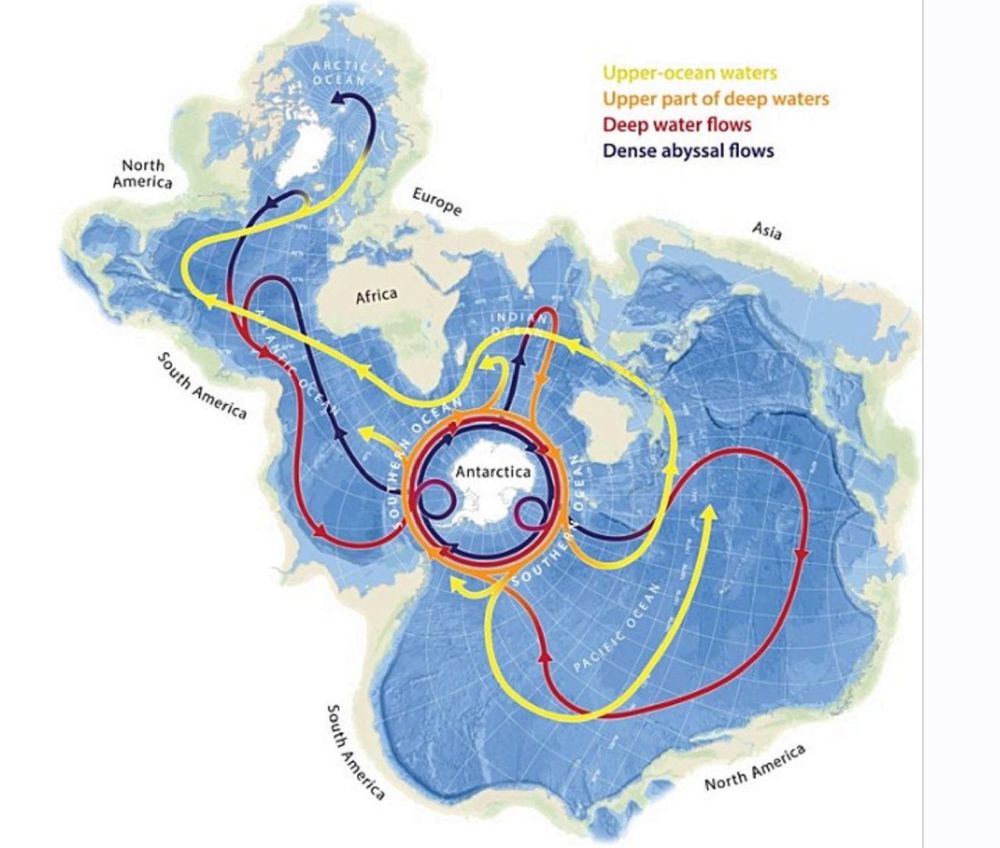
Antarctica might feel very remote - until you look at the planet from a different perspective. It's actually central to our world's ocean currents.
🎁 Check the alt text to dig into this diagram
🌊 This is from a new book by BAS' @oceanandice.bsky.social (et al.)
www.bas.ac.uk/media-post/a...
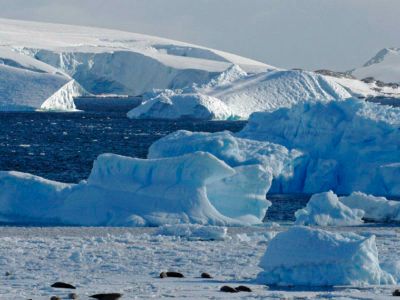
www.bas.ac.uk/media-post/a...


